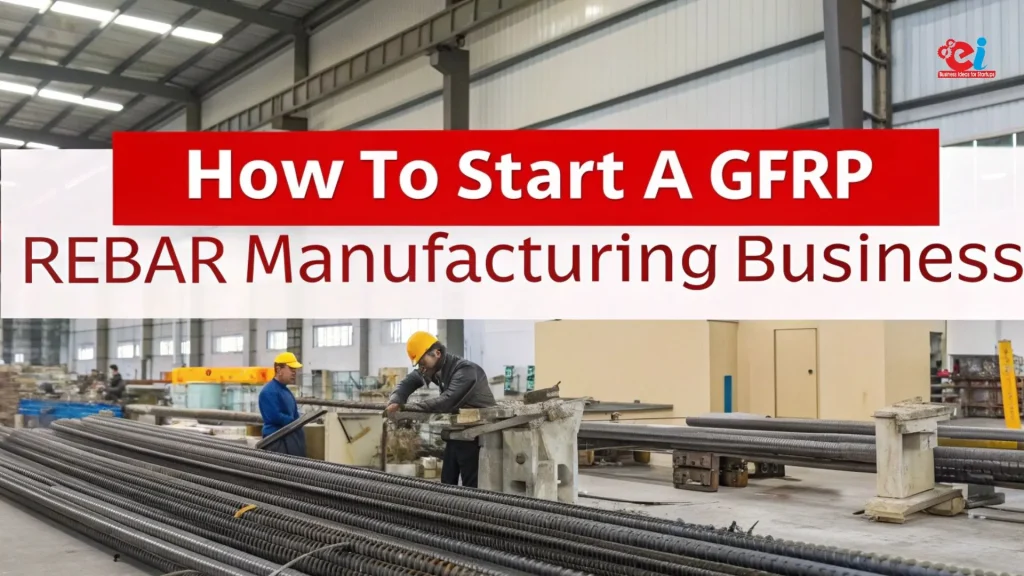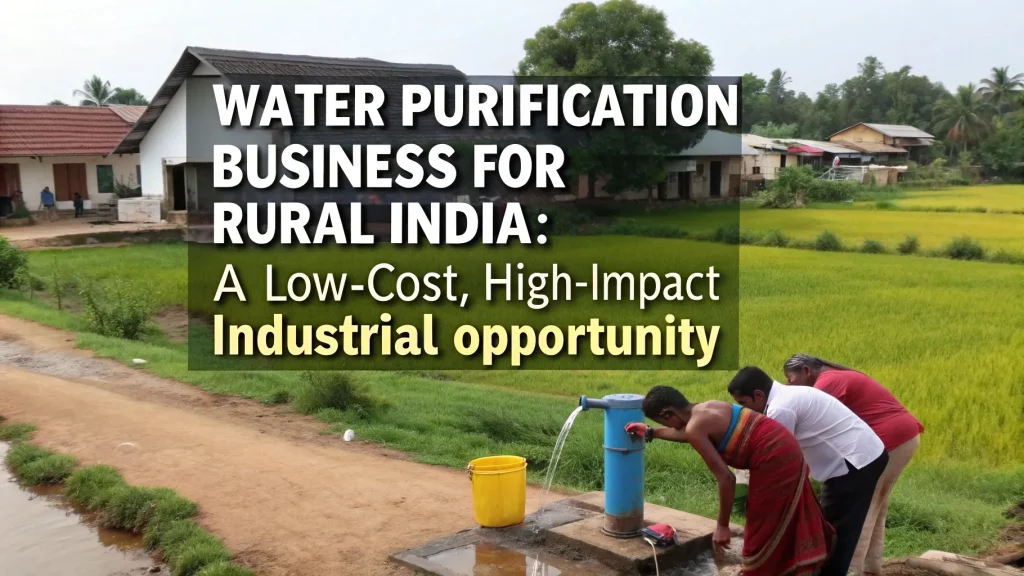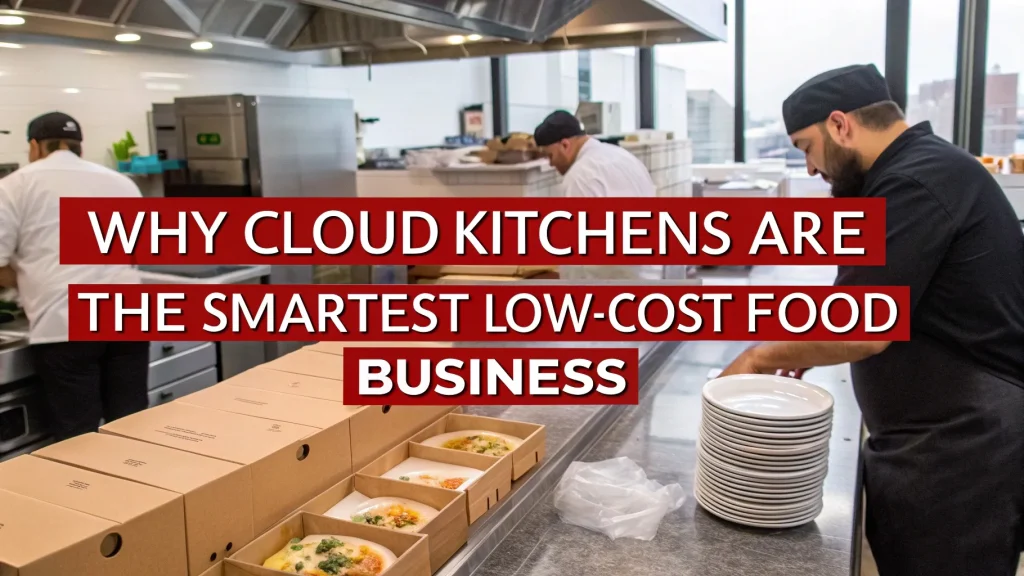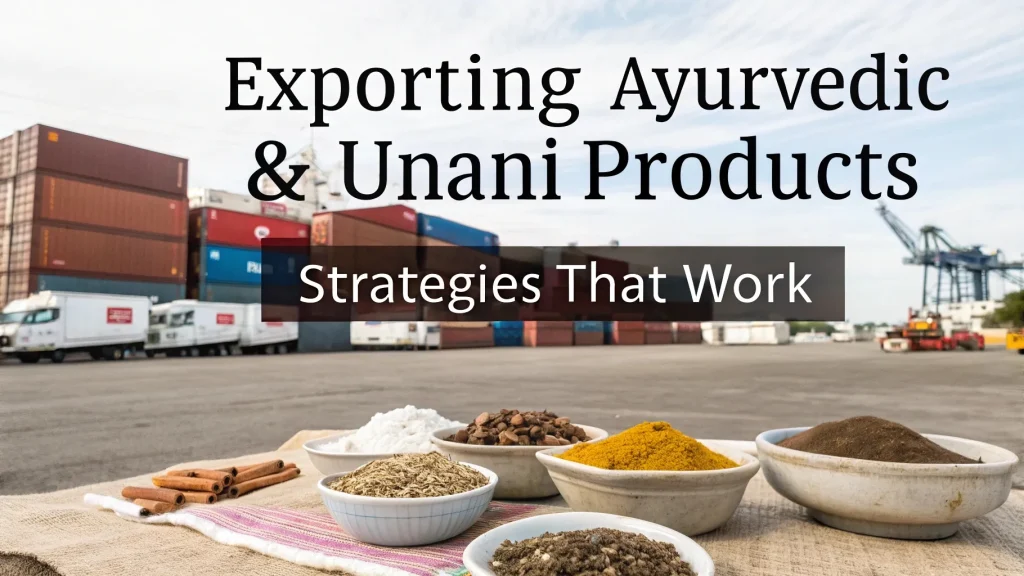Butyl rubber (IIR), also known as isobutylene-isoprene rubber, is a synthetic elastomer widely used in various industries for its excellent air retention, heat resistance, and chemical inertness. It plays a pivotal role in applications such as tire inner linings, sealants, adhesives, protective clothing, and pharmaceutical stoppers. The manufacturing of Butyl Rubber (IIR) is a complex but fascinating process that blends chemistry, engineering, and technology to produce a material that has been in demand since its commercial introduction in the 1940s. This article provides an in-depth look into the step-by-step production process of Butyl Rubber (IIR), shedding light on the science and methodology behind this versatile polymer.
Step-by-Step Process of Manufacturing Butyl Rubber (IIR)
1. Raw Material Selection and Preparation
The production of Butyl Rubber (IIR) begins with two primary monomers: isobutylene (IB) and a small amount (about 1–2%) of isoprene. Isobutylene, a highly reactive hydrocarbon, provides the primary backbone of the polymer, while isoprene introduces a few unsaturated sites necessary for vulcanization. The high purity of these monomers is essential to achieve optimal polymer properties. These raw materials are typically obtained as by-products from petroleum refining processes such as catalytic cracking or steam cracking.
Before polymerization, the monomers are purified to remove water, oxygen, and other impurities. This ensures a controlled and efficient polymerization reaction, which is critical in achieving the desirable molecular weight and characteristics of Butyl Rubber (IIR).
2. Low-Temperature Cationic Polymerization
The core of Butyl Rubber (IIR) manufacturing lies in its polymerization, which takes place through a low-temperature cationic polymerization process. This process occurs in a liquid phase, typically within a solution of methyl chloride (CH?Cl) acting as the solvent.
The polymerization is carried out in a stainless steel reactor maintained at extremely low temperatures, usually around -100°C to -120°C. This low temperature is crucial because isobutylene is a highly reactive monomer, and any heat could lead to undesirable side reactions or chain scission.
A catalyst, commonly aluminum chloride (AlCl?) or boron trifluoride (BF?), is added to initiate the cationic reaction. The catalyst forms a reactive carbocation with isobutylene, which begins a chain reaction, linking thousands of isobutylene and a few isoprene monomers into long polymer chains. The proportion of isoprene is controlled to ensure the polymer has a minimal number of unsaturated sites—enough for vulcanization but low enough to retain butyl’s impermeability and chemical resistance.
3. Polymer Recovery and Precipitation
Once the desired molecular weight is achieved, the polymerization reaction is halted by adding a terminator, such as methanol or water. The reaction mixture is then passed through a series of separation units. The polymer solution is subjected to precipitation, commonly in hot water baths, where the polymer (Butyl Rubber IIR) is separated from the solvent and catalyst residues.
The precipitated rubber appears as a white crumb-like material, which is then separated from the water and dried. The spent solvent and unreacted monomers are recovered and recycled, making the process both economical and environmentally friendly.
4. Devolatilization and Drying
The wet rubber crumb undergoes a devolatilization process to remove any remaining traces of solvents and monomers. This is usually done using vacuum dryers or extruders equipped with venting systems. Efficient drying ensures that the final Butyl Rubber (IIR) product is free from volatile organic compounds, making it safe and stable for downstream applications.
After drying, the rubber is cooled and then passed through mills or extruders to form continuous sheets or pellets, depending on the manufacturer’s preferences and customer requirements.
5. Compounding and Formulation (Optional Stage)
Although the base Butyl Rubber (IIR) is now ready, it often undergoes a compounding process where it is blended with additives such as fillers (carbon black, clay), plasticizers, antioxidants, and curing agents. This process tailors the rubber’s physical and chemical properties for specific applications, such as tire inner liners or pharmaceutical closures.
Compounding is typically performed using internal mixers like Banbury mixers or two-roll mills, where the base rubber and additives are mixed under high shear and temperature.
6. Quality Control and Testing
Before Butyl Rubber (IIR) is packed and shipped, it undergoes rigorous quality control tests to ensure it meets industry specifications. Tests include:
-
Mooney viscosity to assess processability.
-
Molecular weight distribution via GPC (Gel Permeation Chromatography).
-
Ash content for additive levels.
-
Tensile strength and elongation.
-
Gas permeability tests to confirm its low permeability—critical for tire and pharmaceutical applications.
This phase ensures that every batch of Butyl Rubber (IIR) delivers consistent performance and meets stringent global quality standards.
7. Packaging and Storage
Once the quality checks are completed, the finished Butyl Rubber (IIR) is then packed in bales, pellets, or slabs based on customer requirements. Additionally, to avoid contamination and moisture ingress, it is wrapped in plastic sheets or placed in polyethylene-lined containers.
The rubber is then stored in climate-controlled warehouses until it is shipped. Proper storage is essential to maintain its integrity and shelf life.
Applications of Butyl Rubber (IIR)
Butyl Rubber (IIR) is renowned for its unique combination of air impermeability, weather resistance, and chemical stability, making it suitable for:
-
Tire inner tubes and liners – The low air permeability of IIR extends tire life and reduces pressure loss.
-
Pharmaceutical closures – Its chemical inertness makes it perfect for stoppers and seals in medical packaging.
-
Sealants and adhesives – Used in construction and automotive industries due to its flexibility and weather resistance.
-
Protective clothing and gloves – Excellent barrier properties against chemicals and gases.
-
Vibration dampers and shock absorbers – Thanks to its high damping characteristics.
Environmental and Safety Considerations
Butyl Rubber (IIR) production requires strict safety and environmental protocols due to volatile chemicals and low-temperature processes. Modern plants are equipped with closed-loop systems to recycle solvents and minimize emissions. Also, significant efforts are made to ensure proper disposal or treatment of chemical waste to prevent environmental contamination.
Manufacturers are exploring bio-based isobutylene and green catalysts to make Butyl Rubber (IIR) more eco-friendly.
Conclusion
To begin with, the manufacturing process of Butyl Rubber (IIR) showcases precision engineering and chemical mastery. Each step, from raw materials to packaging, is designed to ensure top-tier quality and performance. Butyl Rubber offers durability, chemical resistance, and eco-compatibility, making it essential in advanced elastomer applications.
The future of Butyl Rubber lies in sustainable innovation, driving next-gen uses in automotive, healthcare, and construction.
Visit the page Select and Choose the Right Business Startup for You for sorting out the questions arising in your mind before starting any business and know which start-up you can plan. We, at NPCS, endeavor to make business selection a simple and convenient step for any entrepreneur/startup. Our expert team, by capitalizing on its dexterity and decade’s long experience in the field, has created a list of profitable ventures for entrepreneurs who wish to diversify or venture. The list so mentioned is updated regularly to give you a regular dose of new emerging opportunities.




